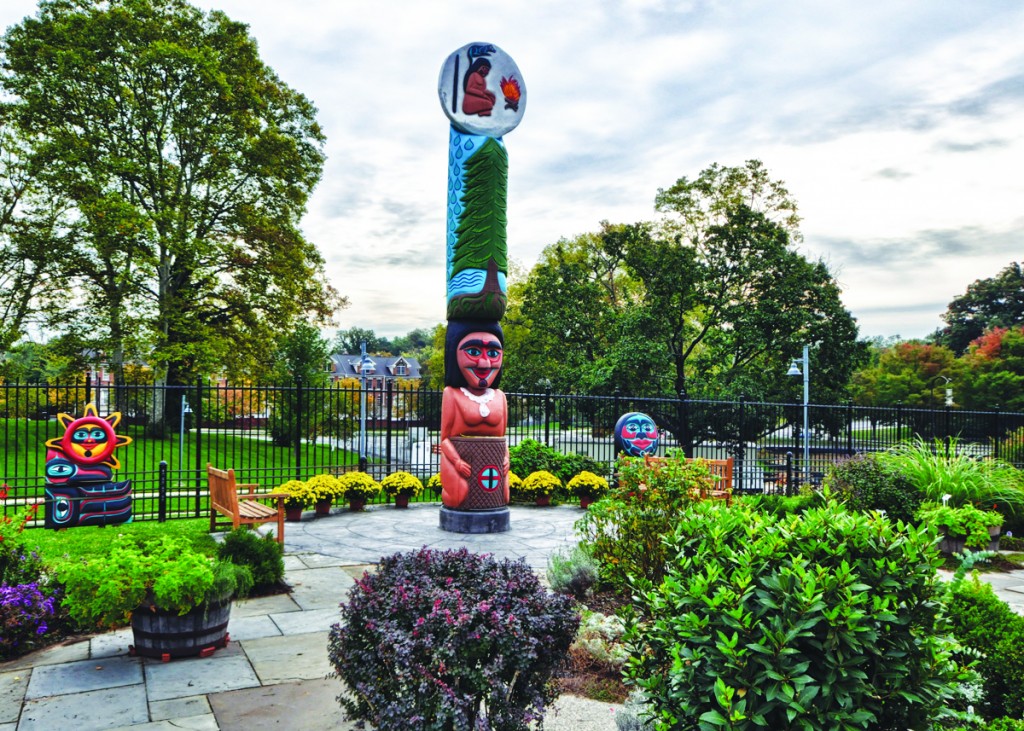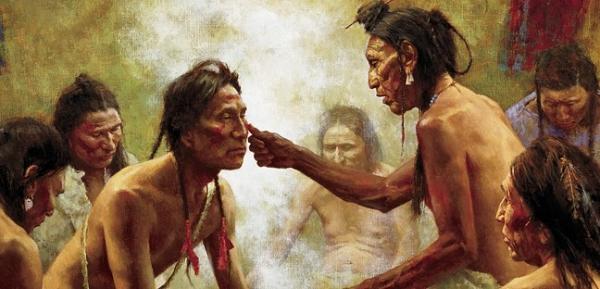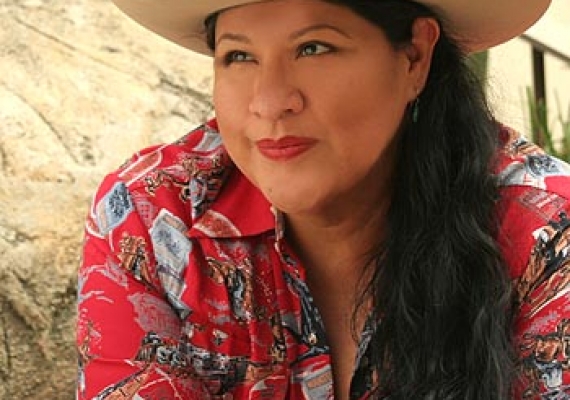
By Micheal Rios, Tulalip News
There was a new and very exciting exhibition recently on display at the University of Washington, from October 6 – 27. Brought to the public by the National Library of Medicine and the National Institutes of Health, the exhibition was titled Native Voices: Native Peoples’ Concepts of Health and Illness.
Due to the limited exhibition time and distance to the UW campus, we here at the syəcəb have decided to bring the exhibition to you by way of a series. Over the next several issues we will explore the interconnectedness of wellness, illness, and cultural life for Native Americans, Alaska Natives, and Native Hawaiians.
Readers will discover how Native concepts of health and illness are closely tied to the concepts of community, spirit, and the land.
As we well know, Native concepts of health and illness have sustained diverse peoples since our ancestral times. This traveling exhibition that was displayed at the UW was used as a learning tool for up and coming medical school students as a way to showcase how revival and pride in Native ideas among a new generation of medical practitioners can help sustain them in the twenty-first century.
Last week, we provided our readers with the in-depth introduction for Native Voices; this week, we will explore the connectedness of Native peoples and Nature.
Nature: A sources of strength and healing
A deep respect and connection with nature is common among all Native peoples. Unlike modern society, which erects barriers between itself and the natural world, Native cultures derive strength and healing from the land and water. Individual wellness cannot be achieved when the connection to nature is missing or contaminated.
“The environment shapes the culture of the people,” explains Roger Fernandez of the Lower Elwha Band of the Klallam Indians. “Anywhere in the world, the environment they live in shapes that culture. You have the mountain people, and the lake people, and ocean people, and island people. That environment shapes the culture, and then the stories explain the people and their relationship with that environment, and the art becomes to me a visual manifestation of that whole process that the art incorporates the environment, it incorporates the culture, and it incorporates the stories, the understandings, and the meanings of the people.”

Healing plants
Native American, Alaska Native and Native Hawaiian healers all have a long history of using indigenous plants for a wide variety of medicinal purposes. Medicinal plants and their applications are as diverse as the tribes who use them. Beyond the medicinal benefits, indigenous plants were a staple of Native peoples’ diet before European contact. Today, indigenous plants are central to efforts to improve dietary health for current generations.
In Hawaii, the “Waianae Diet” and “Pre-Captain Cook Diet” aim to reduce empty calories, fat, and additives and promote a healthier, more balanced diet by restoring the role of indigenous foods. Various Native tribes have similar projects emphasizing traditional foods. In this very real sense, food is medicine.
Dandelion is a generous source of Vitamins A, B, C and D and various minerals. It is also used for liver issues like hepatitis and jaundice and is a natural diuretic. All of the plant parts can be used: the root as medicine, food, or coffee substitute; the leaves as a poultice or salad; and the flowers as food or medicine.
Willow leaves are used in a poultice or bath for skin infections or irritations and the leaves can be chewed and placed on insect bites for pain relief. Willow ash can be sprinkled on severe burns or to prevent infections in cuts. Willow is used in some forms of over-the-counter aspirin. Willow aspirin compounds are organic and less volatile than their chemically made counterparts.
Aloe is used for healing burns, as a tea to detoxify the body, and as a skin moisturizer.
A totem for healing
The National Library of Medicine’s healing totem was created to promote good health, in keeping with the mission of the doctors and scientists who work there to advance our knowledge of health and medicine. Following a blessing at the historic Lummi village site of Semiahmoo, the finished totem was transported across the United States, with tribal blessings at several sites along the way. The healing totem was erected as part of a traditional Lummi blessing ceremony in from the National Library of Medicine in October 2011.
“The figures in this totem are based on stories of the Lummi Nation and the Algonquin Nation,” explains Master Carver Jewell James, a member of the House of Tears Carvers of the Lummi Nation. “At the totem base is depicted a woman with a gathering basket, symbolizing the role of women in collecting traditional herbs and medicinal plants. Above her rises the Tree of Life, with its branches reaching for the sky and its roots deep in the Earth, symbolizing how all life on Earth is related. The Tree represents the forest from which medicines are gathered. Capping the pole is Medicine Woman in the Moon, looking to the Great Spirit to reveal new knowledge.”




 Because I finally had enough material, I released “Super Indian Volume One” in May 2012. The 64-page full-color book features “Super Indian” issues #2, 3 & 4, plus extras like features on Jim Thorpe and Maria Tall Chief (“Real Super Indians”). The book is available through Amazon, the Super Indian Comics Website (Paypal), plus for all digital devices (Kindle, Nook, etc.) from Amazon and ComiXology.
Because I finally had enough material, I released “Super Indian Volume One” in May 2012. The 64-page full-color book features “Super Indian” issues #2, 3 & 4, plus extras like features on Jim Thorpe and Maria Tall Chief (“Real Super Indians”). The book is available through Amazon, the Super Indian Comics Website (Paypal), plus for all digital devices (Kindle, Nook, etc.) from Amazon and ComiXology.